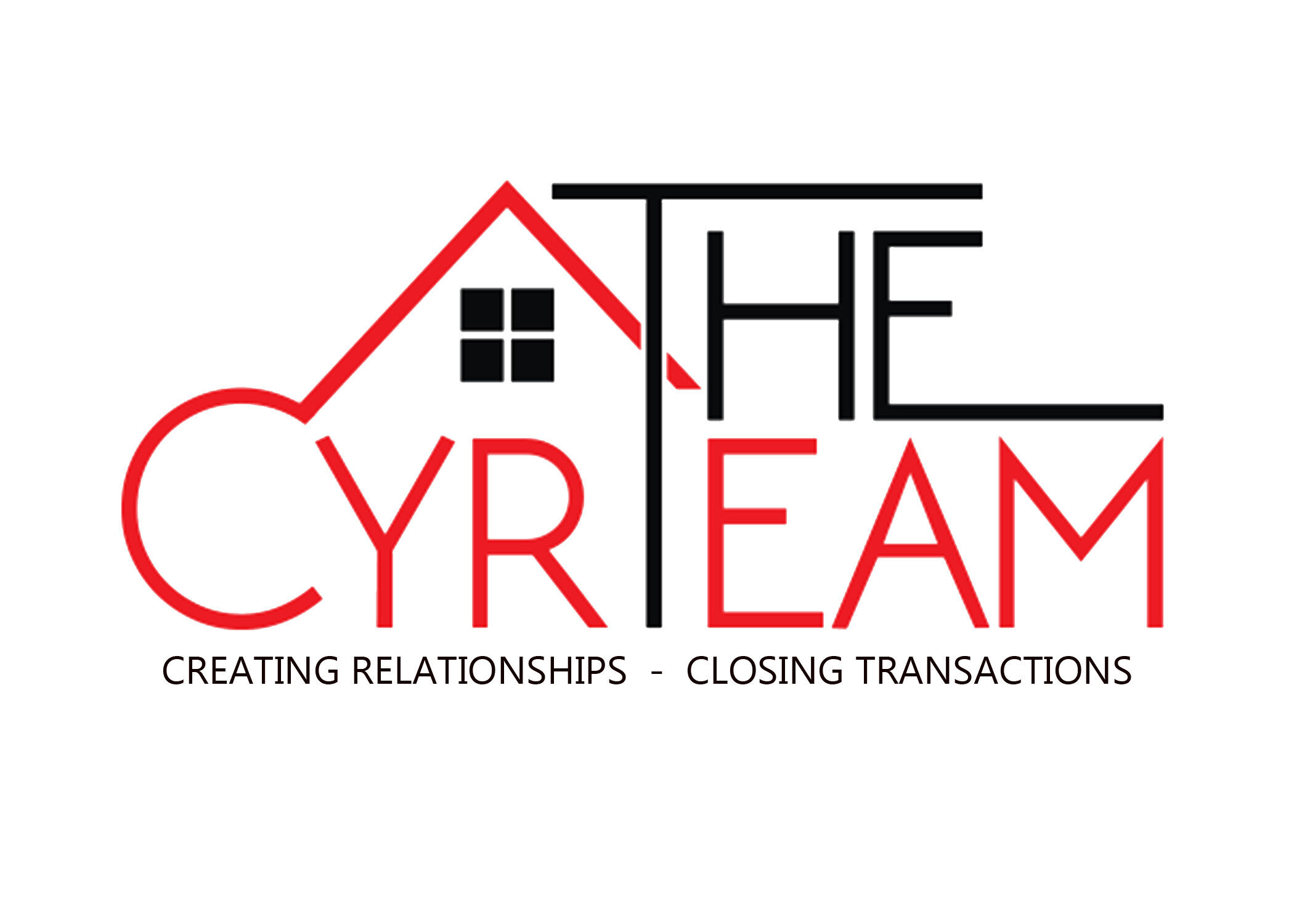As the real estate market navigates the ever-evolving economy, one factor remains a central point of concern for both home buyers and sellers: interest rates. The days of ultra-low mortgage rates seem to be behind us. Most economic experts are forecasting that interest rates may not return to the historically low levels seen over the past decade—at least not any time in the near future. In fact, Fannie Mae predicts that the average 30-year fixed mortgage rate will settle around 6.6% in 2024 and decrease slightly to 5.9% in 2025. This indicates a “new normal” in which buyers, sellers and investors must adapt to a market where higher interest rates prevail.
Why Rates May Stay Elevated
Several factors contribute to the expectation that interest rates will remain relatively high for the foreseeable future. Though inflation has been cooling in 2024, is still a concern for the Federal Reserve. To keep inflation in check, the Fed has been raising interest rates and is likely to keep rates elevated until inflation is under full control. Additionally, global economic uncertainties like supply chain disruptions, geopolitical tensions and the upcoming Presidential election continue to influence market volatility. This pushes lenders to maintain higher borrowing costs.
With these factors at play, it’s likely that rates will not plummet significantly any time soon. The era of 3% mortgage rates may be gone for some time. Real estate buyers, sellers and investors need to adjust their strategies accordingly.
Adapting to a New Normal
Buyers—In a market with higher interest rates, home affordability becomes a key issue. Buyers may need to adjust their expectations, opting for smaller homes or seeking properties in less expensive areas to fit within their budget. Locking in rates when they drop slightly can be a smart move. Some may consider adjustable-rate mortgages (ARMs), which offer lower initial rates but adjust over time. This can be a temporary solution to combat higher fixed-rate mortgages.
Sellers—Sellers will likely face reduced buyer demand as higher interest rates push some buyers out of the market. To attract serious buyers, pricing homes competitively is essential. Properly preparing homes for marketing and showings is also critical. Cleaning and repairs are more important than ever. Sellers may also need to be more flexible in negotiations, offering concessions like covering closing costs or providing buy-down options to make their properties more attractive.
Investors—Real estate investors will need to reassess their strategies, focusing on cash-flow-positive properties that can sustain higher borrowing costs. Long-term hold strategies may become more appealing, as waiting for eventual rate drops could lead to future capital gains.
Making the Right Real Estate Decisions
Higher interest rates have become a reality in the real estate market, and those who adapt will be able to thrive. Buyers, sellers and investors should take proactive steps to prepare for this new normal. With the right preparation, planning and strategic moves, you can successfully navigate a market where elevated borrowing costs persist.
For help with all your home buying and selling needs in the Southeastern Pennsylvania and Northern Delaware markets, contact The Cyr Team today. We have been in this business a long time and have seen the effects of both high and low mortgage rates. We can help you make the right real estate decisions based on your specific situation.

